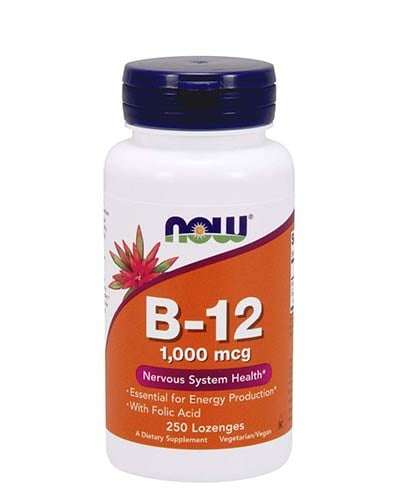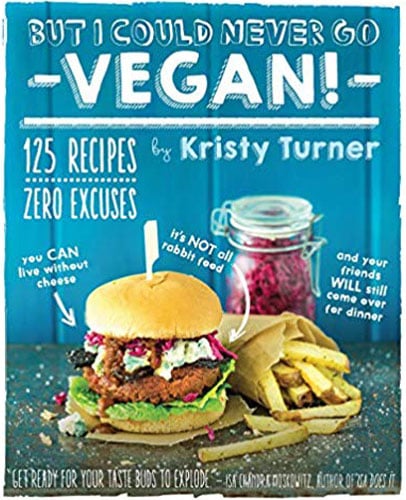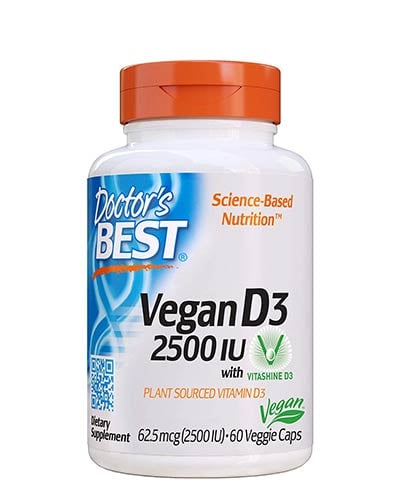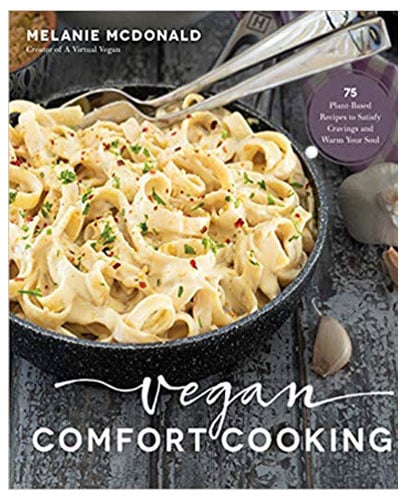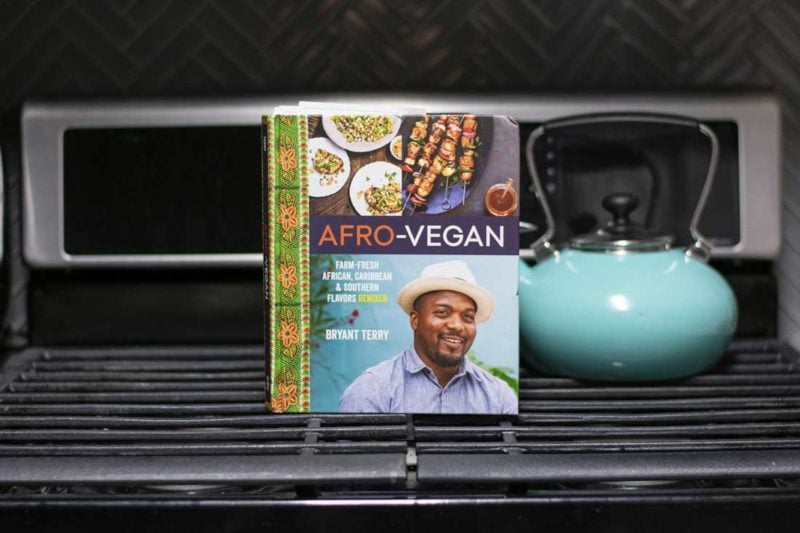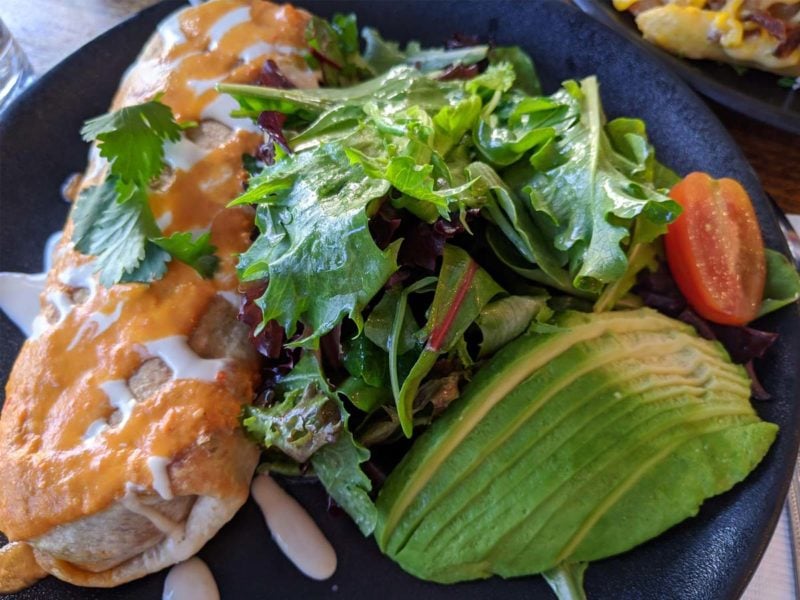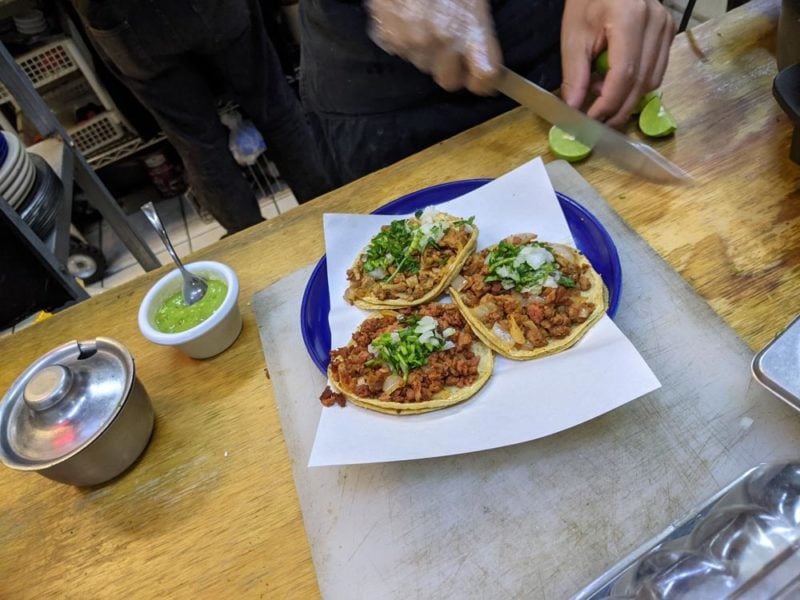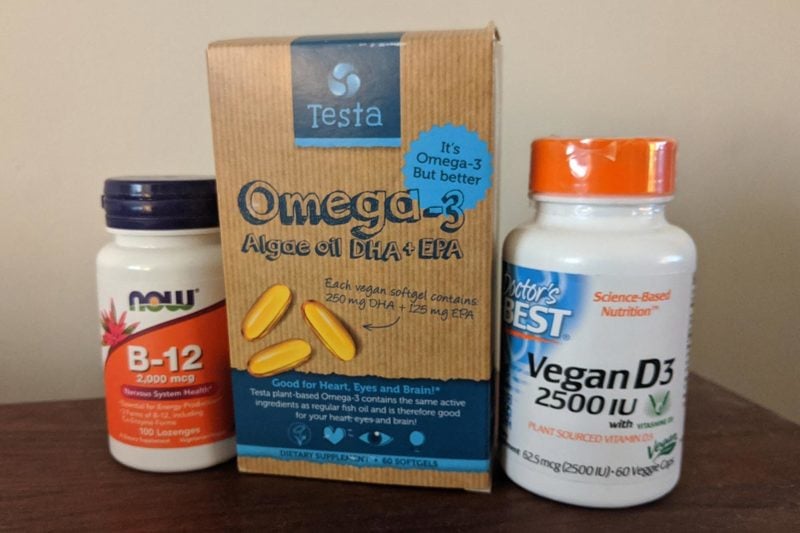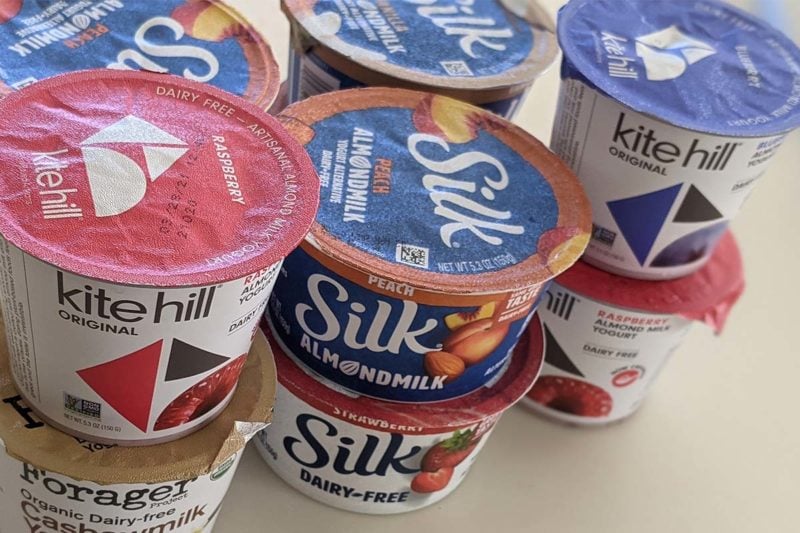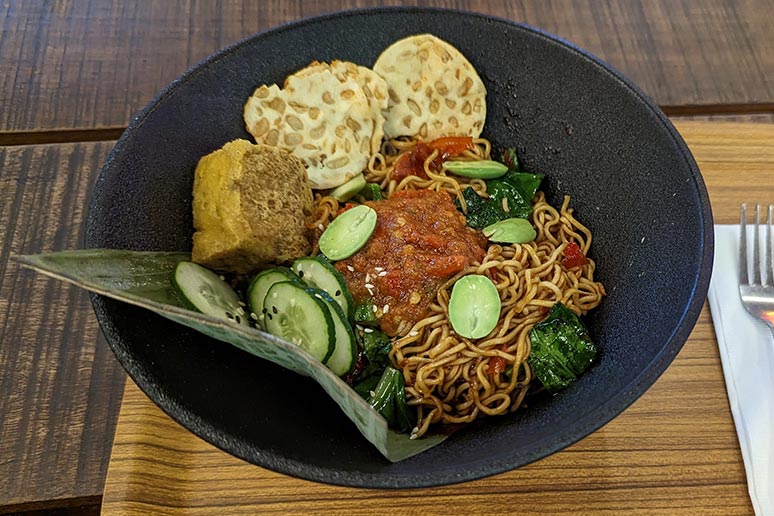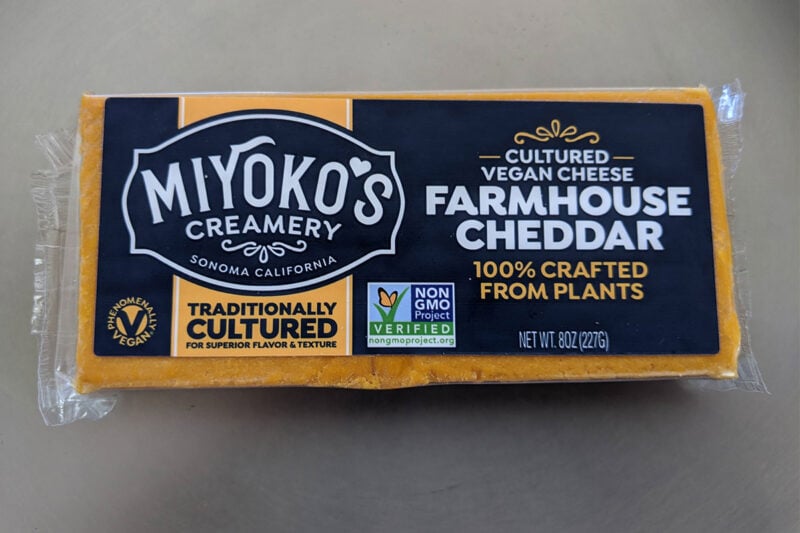Chapter 6
Eat More Produce
The previous chapter looked at the negative side of a vegan diet—we confronted the main nutritional pitfalls and considered ways to minimize your risk of developing a deficiency. Now let’s look at the positive side of things: the simple steps you can take to make your diet as healthful as possible.
It’s hard to say which the greater health advantage of veganism is: whether it’s the fact that on a vegan diet you’re not exposing yourself to fatty meats, potential carcinogens, and substantial amounts of saturated fat—or whether the greatest health advantage is that you’ll tend to eat a lot more health-promoting fruits and vegetables.
There are countless studies indicating that people who eat more fruits and vegetables enjoy better overall health, and have lower rates of cancer. Sadly, dietary surveys continually show that Westerners eat far fewer fruits and vegetables than they should.
The wonderful thing about becoming vegan is that it gives you an unequalled opportunity to upgrade your diet in various ways. Since you’ve got to eat something in place of the meat, dairy products, and eggs you formerly ate, why not make a point of stepping up your consumption of fruits and veggies?
One great way to improve your diet is to set goals. If you’re not in the habit of eating much produce, how about setting a goal to eat ten different kinds of fruits and veggies this week? A goal like this probably sounds impossible to some people, but in reality it’s incredibly easy. Just visit your local market, and buy an apple, a pear, some grapes, a tangerine, and a tomato—and boom, you’re halfway there. If summer fruit is in season, load up on that as well. The point is to get into the habit of eating several different fruits and veggies every day.
Let me give you another tip that can dramatically improve your overall diet. Many Americans, even those who love vegetables, are scared off by leafy greens. In a way, that’s understandable. In their raw form, some leafy greens look downright intimidating. Raw kale, for instance, doesn’t look like people food, it looks like something you would feed to a goat.
But in reality, there’s almost nothing easier to prepare or more delicious than leafy greens. Cut them up, stir-fry the coarsely-sliced stem portions in some olive oil for a few minutes, add in the leafy parts for another minute or two, then quickly sauté some minced ginger and garlic, squirt in a little tamari and you’re in business. The whole effort might take you ten minutes. I personally try to eat a big serving of stir-fried leafy green vegetables every day.
A quick note about spinach. Spinach is usually grown in very sandy soil and often has a beach’s worth of sand sticking to its leaves and stems. It therefore needs to be washed thoroughly and repeatedly. And, in contrast to other leafy greens, spinach cooks in seconds rather than minutes. I always discard the stems of spinach when stir-frying.
I’ve got one other way I love to prepare green leafies: I stir-fry them as I’ve already described, skip the garlic, ginger, and tamari, and instead mix in some Annie’s Goddess Dressing immediately before serving. I generally detest bottled salad dressings, but this Annie’s Goddess Dressing product goes wonderfully with greens, and you can buy it in any natural food store or from Amazon.com. Just be sure to get the regular Goddess dressing, since other varieties of Goddess dressing may not be vegan.
To conclude this chapter, let me take you through the main leafy greens you can get at any market. There’s red, green, or gold chard, collard greens, spinach, mustard greens, and several varieties of kale—from red to green to dinosaur. I go out of my way to eat kale often, since it’s high in both iron and calcium and it’s also low in oxalates, which inhibit calcium absorption.
The very best place to buy your leafy greens, and most of your other produce for that matter, is at your local farmers’ market. I’ve devoted Chapter 13 of this book to telling you all about farmers’ markets.
Leafy green vegetables are super low in calories and they digest quickly—you may therefore want to serve them over brown rice so the meal will stick to your ribs. Here’s a final suggestion: go to your local market or your farmers’ market and buy four or five bunches of leafy greens, and make a point of using them all up over the course of a week. As I said, they’re delicious and about the most healthful stuff you could possibly eat. And once you get into the habit of eating leafy greens every day, you’ll have taken another big step towards eating a supremely healthful vegan diet.
Next Chapter: Should vs. Must
Return to: Table of Contents
Get the updated second edition of this book on Kindle for just 99 cents, or in paperback for $8.95.
This page and The Ultimate Vegan Guideis Copyright 2010 by Erik Marcus, all rights reserved. My writing is my sole means of support, so please don’t abuse the generosity I’ve shown in making the full text of this book freely available from Vegan.com. Posting the text of this book to other websites, and copying or distributing it through other means, is strictly prohibited.

